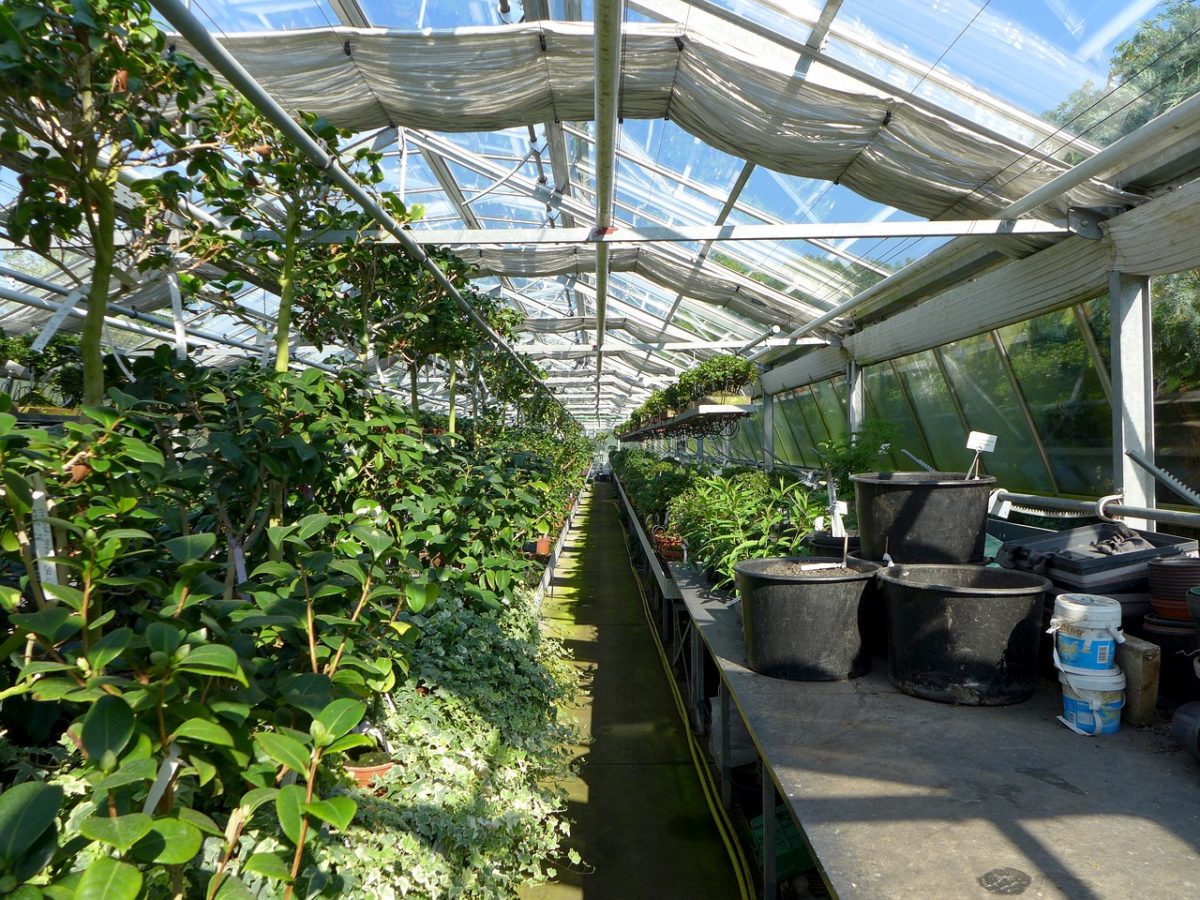Scientists at the Yaşar University in Turkey have developed a design concept for greenhouses relying on PV as an electricity source for LED lighting and a heat pump used for heating and cooling.
“We originally developed the system in 2017 and at the time the payback time value of the system was 5.7 years,” researcher Levent Bilir told pv magazine. “I am not sure if the payback time is shorter today than 2017, as the energy prices are increasing.”
The hybrid system was modeled assuming a 5 x 30 m greenhouse with a surface of 150 m2, the use of 66 south-oriented solar panels with an output of 200 W each covering 50% of the greenhouse's roof, and the deployment of a ground source heat pump, which is a kind of heat pump that can be used for both heating and cooling. The chosen location is the city of Izmir, in western Turkey, where the reference temperature is 25 degrees Celsius and solar radiation is 1,367 W/m2.
The maximum array efficiency values in a year were estimated between 14.17% and 16.14%, with the angle of the roof being 38.4 degrees. The panels were placed on the roof by creating a gap between the module rows in order to let more uniform solar radiation reach the inside of the greenhouse, which is made of aluminum frames and double glass windows with a 13 mm air layer. When the PV system produces more power than needed by the greenhouse, the surplus is injected into the grid. Likewise, when its output is not sufficient, electricity is taken from the network.
The research team evaluated the overall performance of the proposed greenhouse design considering the cultivation of tomato, cucumber, and lettuce, which require different indoor temperatures of 28, 36, and 24 Celsius degrees, respectively. As the cooling loads of the systems are extremely high, the cultivation is stopped in July and August. The greenhouse is heated or cooled 24 h/day by the heat pump.
The scientists calculated the heating, cooling and lighting load, as well as the monthly and yearly electrical demand by taking into account the coefficient of the performance (COP) values in heating and cooling. Furthermore, they calculated monthly and yearly coverage ratio values for each crop and the costs for the PV system and the heat pump, as well as costs for insurance and operation and maintenance.
Their analysis showed that during summer operation months, which are May, June and September, the PV system is able to cover electricity demand with a 33.2 to 67.2% coverage ratio range, which they explain with the fact the power needed to meet the cooling load for the cultivation of all crops is very high. “However, for the winter operation months, higher coverage ratio values are encountered,” the research team highlighted. “The coverage ratio for tomato cultivation ranges from a minimum of 67.4% in December to a maximum of 522.3% in October, while for cucumber cultivation a minimum coverage ratio of 37.6% is seen in December and a maximum coverage ratio of 185.3% is found for October.”
An economic analysis of the data collected showed that the payback time for tomato cultivation is 7.2 years, while those of cucumber and lettuce are 7.4 and 7.0 years, respectively. “The greenhouse gas payback time value of the system was 5.7 years and 2.6 years, based on natural gas and coal-based electricity generation, respectively.”
Looking forward, Bilir said future work should include more detailed analyses and consider storage as an additional option. “Maybe different renewable energy types can be incorporated,” he concluded.
This content is protected by copyright and may not be reused. If you want to cooperate with us and would like to reuse some of our content, please contact: editors@pv-magazine.com.




3 comments
By submitting this form you agree to pv magazine using your data for the purposes of publishing your comment.
Your personal data will only be disclosed or otherwise transmitted to third parties for the purposes of spam filtering or if this is necessary for technical maintenance of the website. Any other transfer to third parties will not take place unless this is justified on the basis of applicable data protection regulations or if pv magazine is legally obliged to do so.
You may revoke this consent at any time with effect for the future, in which case your personal data will be deleted immediately. Otherwise, your data will be deleted if pv magazine has processed your request or the purpose of data storage is fulfilled.
Further information on data privacy can be found in our Data Protection Policy.